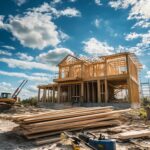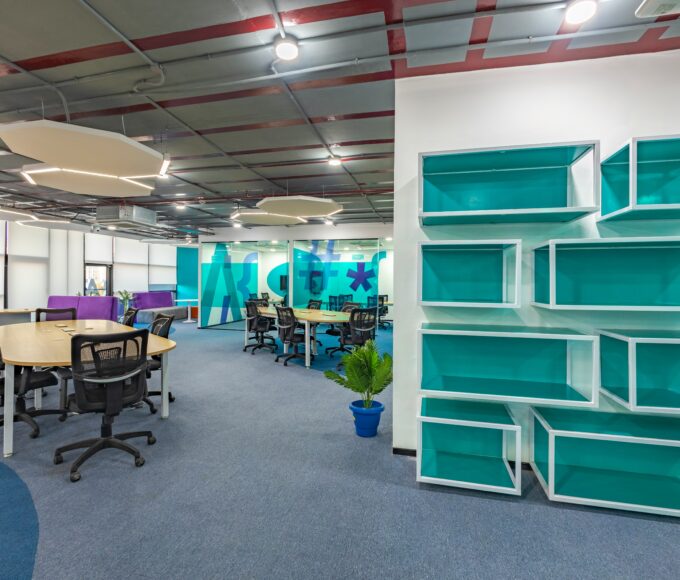In this digital terrain, speed of the site is no longer a nice-to-have, it is a must-have; it’s an absolute necessity. Though anything goes in today’s world where everyone is free to access everything, any opportunity provided, users expect thing to be at their disposal, with on-time access to whatever information they need. Should your site fail to keep up to the pace, they won’t think twice before leaving. There is where SEO comes into the scene – it isn’t just for gaining more visibility in search engine results but also for increasing the functionality and efficiency of your site.
Imagine the potentials of increased traffic of visitors and assuring that they enjoy a smooth browsing experience. In this way, supercharging your website with efficient SEO strategies that will optimize your web for speed, you’d get higher ranking and better users. Just how can Brisbane SEO services help you to create a lightning fast behemoth of a site that keeps those visitors coming back for more? Let’s dive just a little deeper.
Understanding the impact of website speed on user experience and search engine rankings
The speed of a website is important regarding the users’ experience. If a site loads fast, the visitors are likely to stay and interact with the content. Slow sites can irritate the users and they can switch to another page.
Search engines such as Google favour loading speed of websites. Slow site can impact your search engine rankings negative very much. Optimization for speed is necessary if you are trying to rank on the top of the search results.
What’s more, the mobile users already assume that the load of the Internet sites will be quick because of their mobility. Such websites stand to lose potential customers in case they fail to meet such expectations.
Bounce rates spiral out of control when the loading takes too long. moments do count in this digital era. Great content will not stand out if it’s covered by sluggish performance.
The implementation of SEO strategies affects the speed of the website directly and brings an increase of efficiency all-round, which is essential for the satisfaction of the users and the online visibility.
Key factors that affect website speed and how SEO can help improve them
The loading speed of a website is affected by a lot of components and knowing them is required for optimization. Server response time is one of the major elements. If the response time of the server becomes too slow, your site dramatically slows down.
The other one is connected to the efficiency of code. Bloat in HTML, CSS, or JavaScript can put performance into the mire. The minimization of code improves load times.
The image size factor is very important as well. Big file can take up considerable loading times. Proper optimization of these assets avoids its negative impact on the user experience.
Third-party scripts can be positive but become a cause of lags if not properly controlled. Restricting their use or integration of lazy loading methods does not encumber the running of your site without compromising functionality.
Using strong SEO strategies directly solves these problems while improving the overall user’s engagement and satisfaction within your website in the extremely competitive Brisbane market.
Implementing SEO strategies to optimize site speed, including:
Deploying the SEO techniques can be a great way to improve the speed of your site significantly. A very efficient practice is to focus on technical SEO best practices. Kick off with a comprehensive audit to determine what needs to be changed.
Attempt to reduce HTTP requests by combining the CSS and the JavaScript files. This cuts down on load times, thereby making your site faster for visitors.
Optimizing images is equally crucial. Compress big image files without loss of quality. Support modern formats such as WebP with superior compression rates but with clarity.
Leverage browser caching as well. This enables the commonly used resources to be cached on one’s device hence faster subsequent loading times.
Consider applying Content Delivery Networks (CDNs). CDNs push content in different servers around the world, with users getting data from the closest source, thus highly reducing response time.
Every step counts in the search for an efficient website that retains its visitors and satisfies them with the time spent.
Technical SEO best practices
Technical SEO is an important aspect of improving the performance of your site. It is the process of optimizing the infrastructure of your site for it to be able to be crawled and indexed by search engines.
Begin with clean URL structure. Simple descriptive URLs can be understood by the users and the search engines easily.
Site speed is also another important aspect. Use tools such as Google PageSpeed Insights to map a space of improvement, such as server response time or excessive redirects.
Ensure mobile-friendliness too; most of the users browse the internet using mobile devices these days. A responsive design responds from one screen size to another without any glitches.
Do not forget about sitemaps and robots.txt files as well. These are useful in directing search engine crawlers around the site efficiently whereby important pages are indexed while the others are blocked from sight.
Enable the use of SSL certificates for HTTPS protection. Not only does this enhance trust in the user, but it also helps in the positive gains of SEO rankings in the competitive space of Brisbane.
Optimizing images and media files
Improving images and media files is quite a critical step in the process of improving your website’s speed and efficiency. Large media files may considerably add to page load times making users disappointed and leaving your website before even seeing your content.
Begin by compressing images without losing the quality. Such resources as TinyPNG or ImageOptim will be able to significantly minimize the size of files without sacrificing visual quality. In addition, think about using advanced formats like WebP that provides much better compression quality than the old-school JPEG/PNG pictures.
Another best practice is of using responsive images that adapt relative to the user’s device. This not only speeds up loading period but also improves user experience at both smartphones, tablets and desktops.
Do not also forget lazy loading of videos and other heavy elements. This approach pulls in media as soon as it is in view rather than loading up all data at first, thus hastening the initial page rendering.
By integrating the above image, and media optimization aspects of your Brisbane SEO services strategy, you will have a faster loading website that keeps the visitors glued for longer – resulting in better conversion rates and rankings in the search engine too.

















Leave a comment